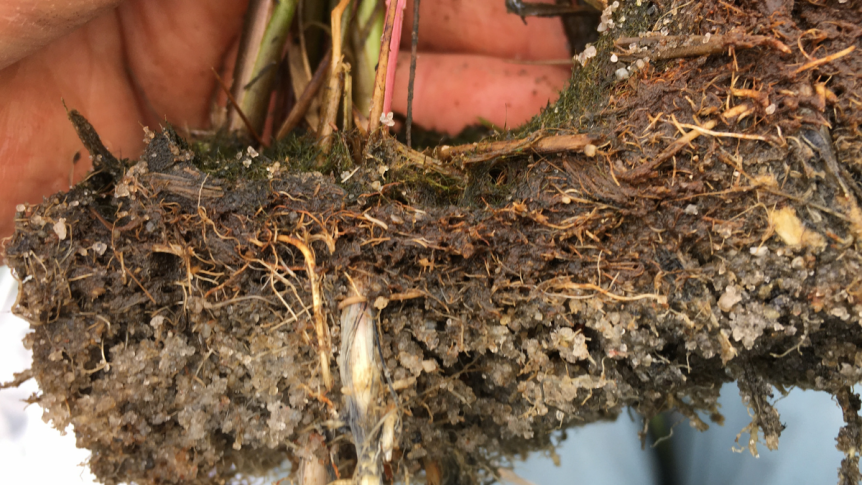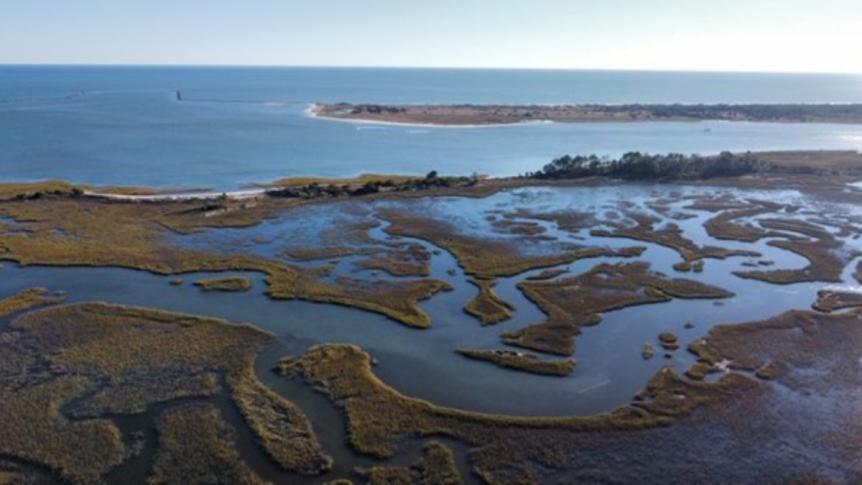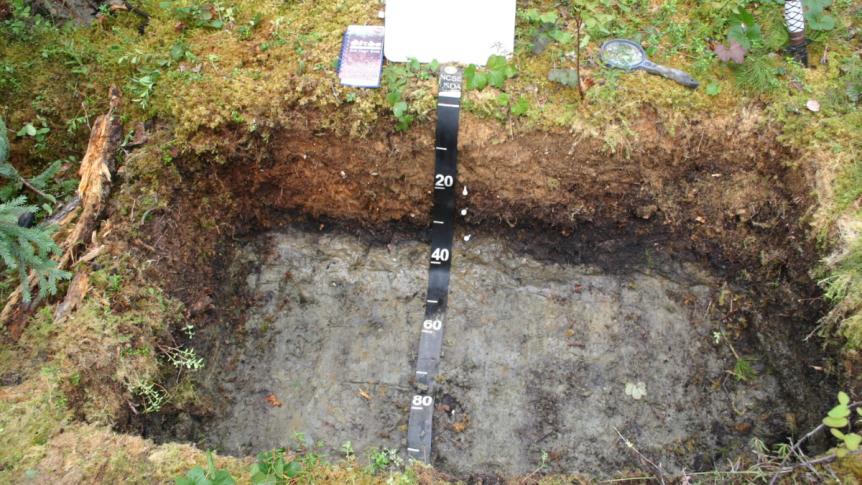Tidal marshes are wetlands that are covered with incoming tidal water twice a day. These marshes may be as small as narrow fringe along a tidal creek or miles across in estuaries with adjacent flat landscapes. There are nearly 40 million acres of tidal marshes along the Atlantic, Gulf, and Pacific shores of the US. … Continue reading How do tidal marshes store carbon?
Tag: climate change
What is blue carbon, and why is it important?
“Blue carbon” is a term for carbon captured by the world’s oceans and coastal ecosystems. Mangrove forests, tidal marshes, and seagrass beds are the main vegetated coastal areas that store vast amounts of blue carbon. It’s not really blue – it’s named after the color of the ocean. But blue carbon is an important tool … Continue reading What is blue carbon, and why is it important?
What is “soil carbon”?
You may have heard a lot about soil carbon, “storing” carbon in soil, or “carbon markets.” So, let’s look at the relationship between soil and carbon in basic terms. First, carbon. It’s the sixth element on the periodic chart. In nature, only two things are pure carbon: diamonds and graphite. However, carbon can interact with … Continue reading What is “soil carbon”?



